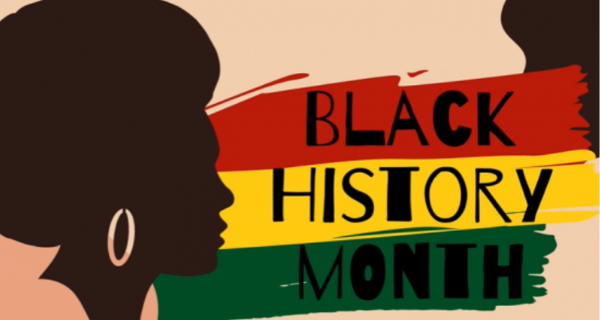To celebrate Black History Month, staff and pupils at ESMS have been taking part in lots of activities and storytelling to highlight some of the contributions and achievements of Black people in history. Here are a few things we got up to:
Virtual reality brings Black History Month to life
In the Junior School we used virtual reality headsets to enable pupils to immerse themselves in a ‘Trip through Time’ where they learned about Rosa Parks, using their headsets to go onto the bus where Rosa famously made her protest. Pupils were able to see first hand the signage highlighting the discrimination that existed at that time.
Pupils also virtually travelled to a field hospital in Crimea to learn more about Mary Seacole, a brave and pioneering nurse, with both Jamaican and Scottish ancestry, who treated soldiers wounded in battle.
MES book recommendations
Both of our libraries have also been celebrating Black History Month by setting up displays and sharing some great reads with our pupils.
Our SMC English department
Our SMC English teachers decided to write about their favourite Black authors and poets and displayed these in the department. They also gave us recommendations for books to read. Let’s see who they’ve enjoyed reading so far:
Mrs Bakewell – Bernardine Evaristo
I read Evaristo’s novel ‘Girl, woman, other’ last year and it absolutely blew me away. Evaristo is the first Black woman and the first Black British person to win the Booker Prize (an extremely prestigious annual award for the best novel written in English and published in the UK or Ireland).
‘Girl, Woman, Other’ is vibrant, ambitious, and unconventional. Evaristo tells the stories of 12 female characters and their personal journeys giving the reader a glimpse into their past, present and future by moving the narrative back and forward in time. The writing is poetic and the structure unusual. Each individual story is beautifully written and exposes the inner life of the woman but also speaks of the sweeping history of the Black British experience. As you read, the connections between the characters in the separate stories slowly become apparent and the reader feels the awesome control and power of the author inaction. I loved it.
Mr Millar – Kei Miller
Kei Miller’s poetry is special. It deals with love and family, culture and folklore and, perhaps above all, questions of geography, place and displacement. Here’s how he begins to capture the zinc roof of a shantytown dwelling in ‘This Zinc Roof’. It is:
This rectangle of sea; this portion
Of ripple; this conductor of midday heat;
But it is also,
This that covers us; this that chokes us;
This, the only roof we could afford
How beautiful, in one moment, don’t you think, and how devastating too. And – all the same – how true. He is a marvellous and skilful poet.
Mr Joll – Inua Elams
I was introduced to Ellams through his extraordinary verse play The Half-God of Rainfall. Few books have felt as contemporary, as in tune with our present moment, as this one to me. 21st century slang rubs shoulders with classical tragedy; basketball stars face off against gods; Nigerian and Greek mythologies come together. One of the reasons this writer and performer is able to juggle such diverse influences is because he himself straddles different worlds. Born in Nigeria in 1984, Ellams moved to the UK as a child, going on to study at Oxford. Another product of this variegated world is his fourth play, Barber Shop Chronicles, which sold out two runs at England’s National Theatre. It’s funny, musical, and has lots to say about masculinity, Black culture, family and much more. His recently completed first full poetry collection The Actual is a far angrier proposition, but one I recommend. He lives and works from London, where he founded the Midnight Run, a nocturnal urban excursion. However, you discover Ellams, discover him – your world will be bigger and better for it.
Mr Hart - Mildred D Taylor
Mildred D Taylor (1943-present) from Jackson, Mississippi is the great-granddaughter of a former slave. Her books have become essential reading in American schools and depict several generations of the Logan family, from the era of slavery to the end of segregation in 1954. Roll of Thunder, Hear My Cry (1976) is part of this series and it shines due to its nuanced characters, humour and humanity. Taylor dedicated the book to her father –largely because she based much of her writing on an oral family history which was told to her by her father. Perhaps this explains why her writing sings with warmth and authenticity in its depiction of a turbulent time in American social history.






